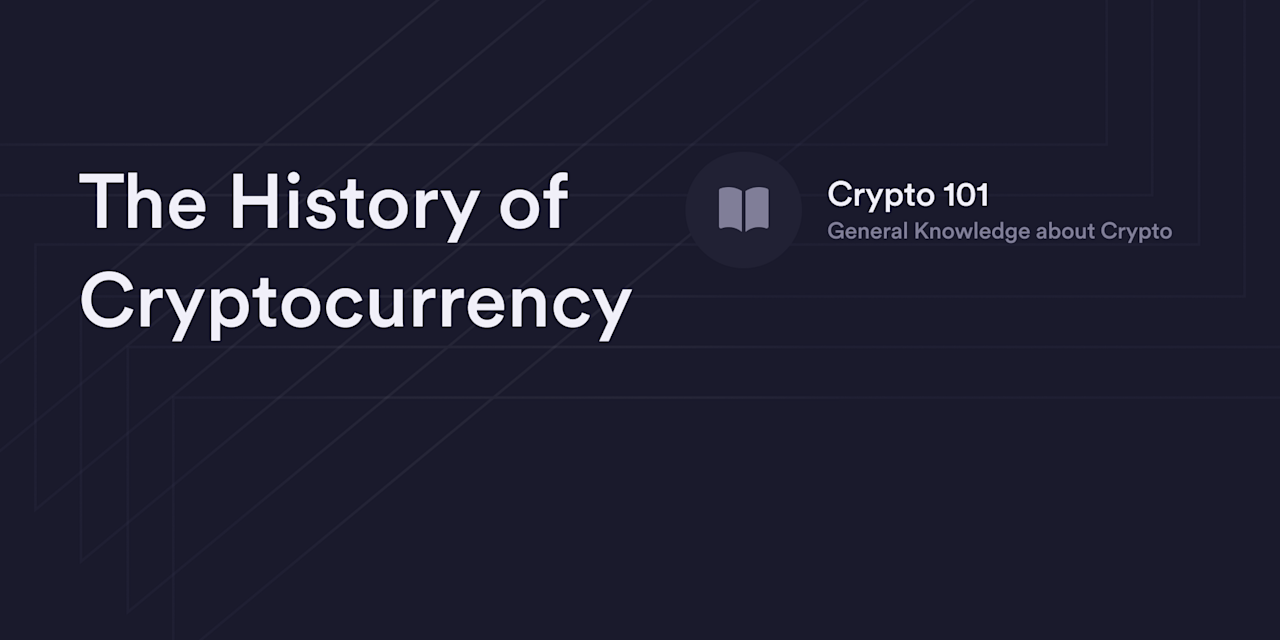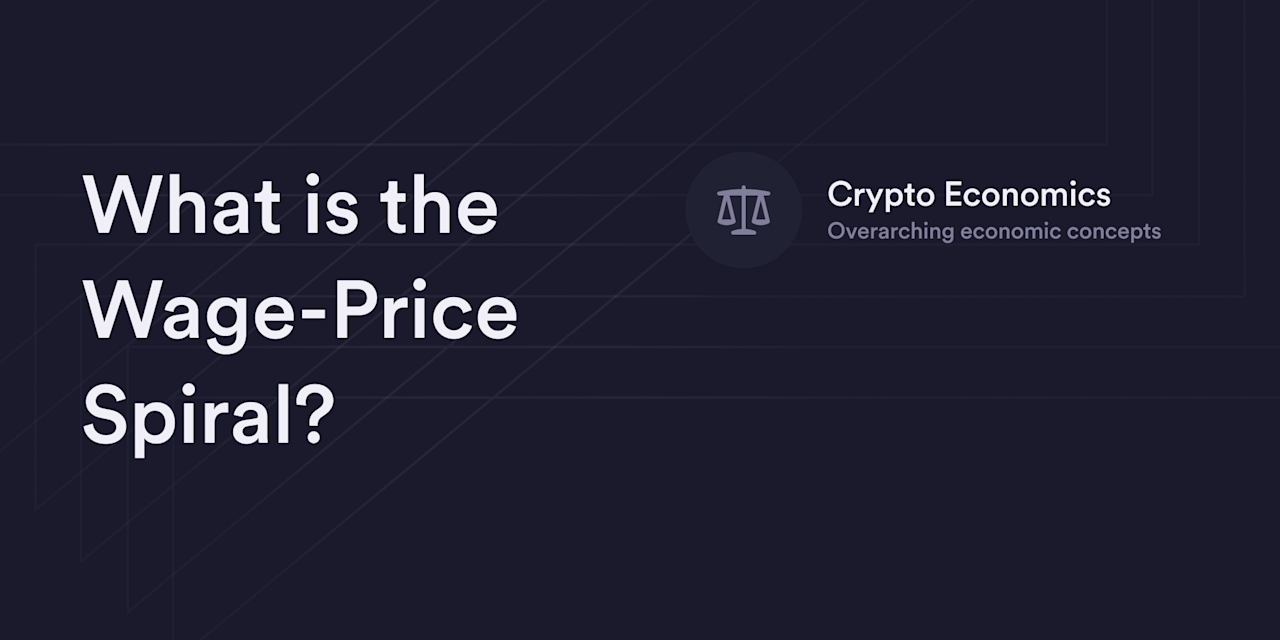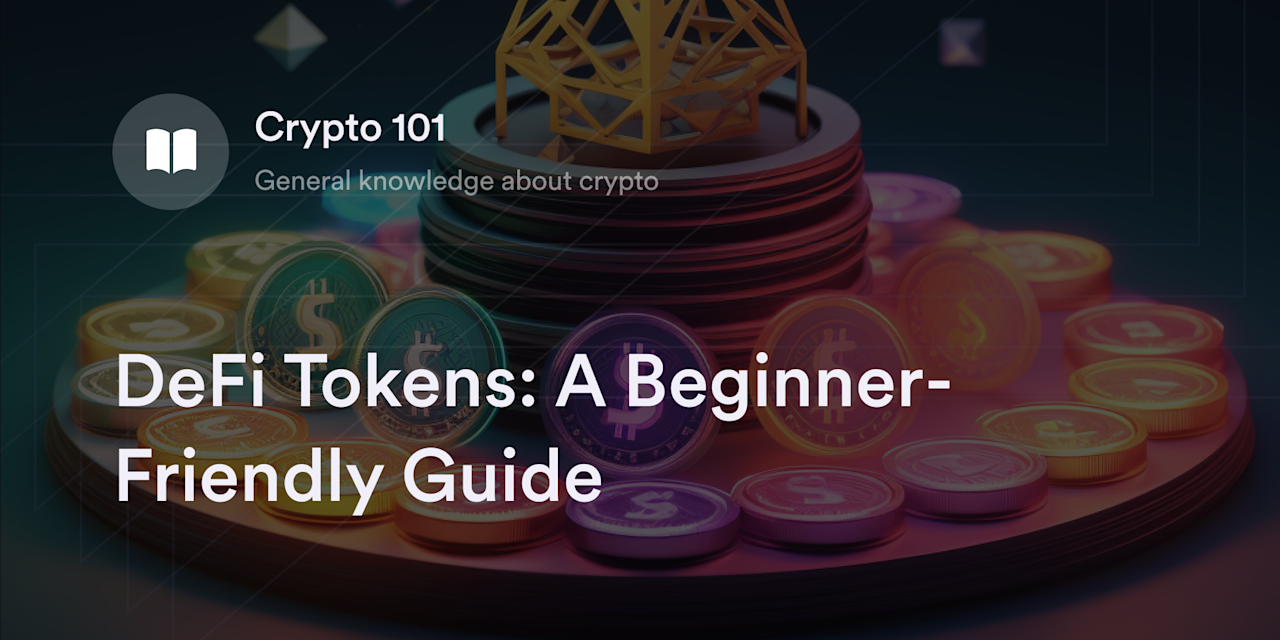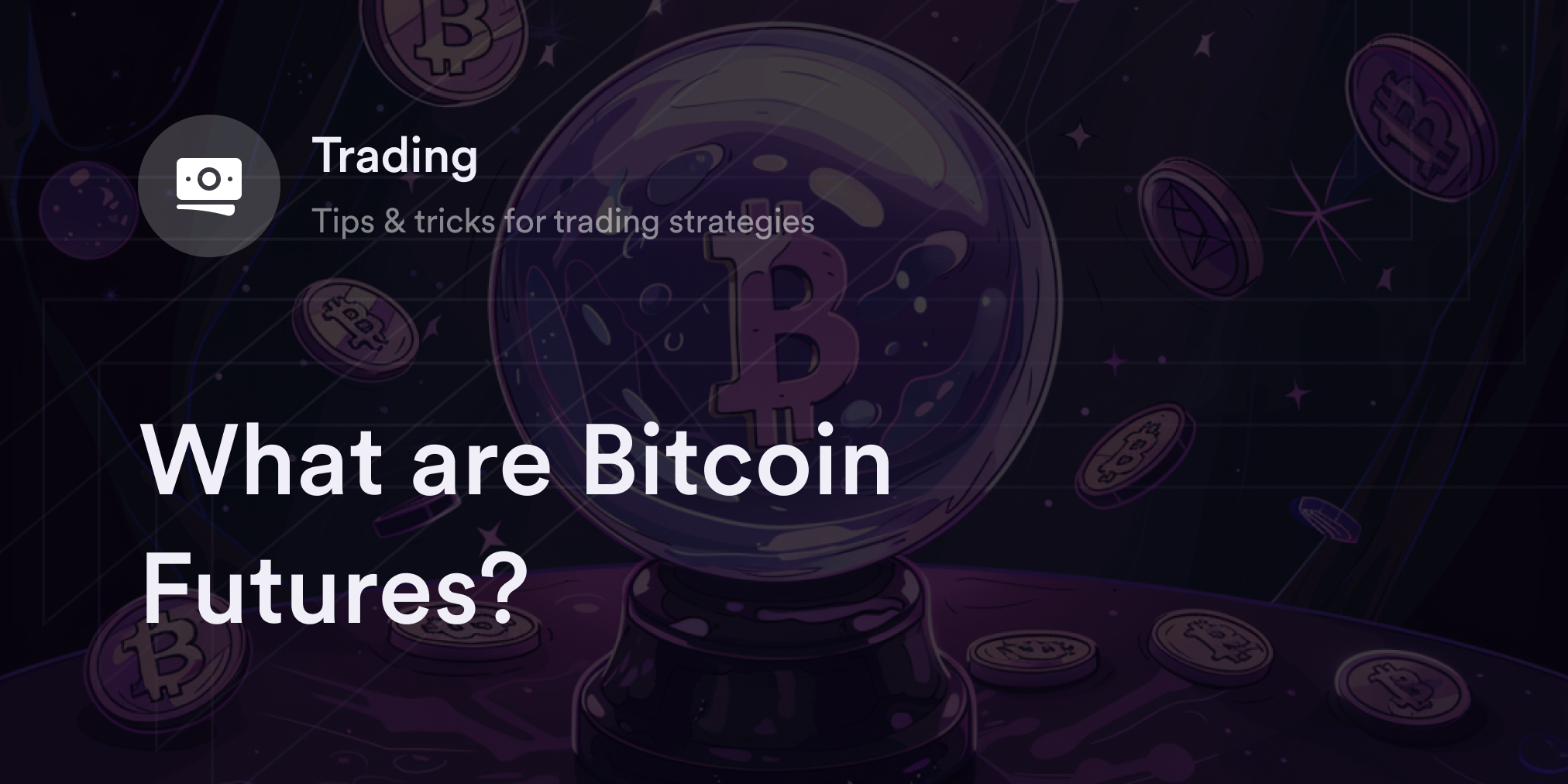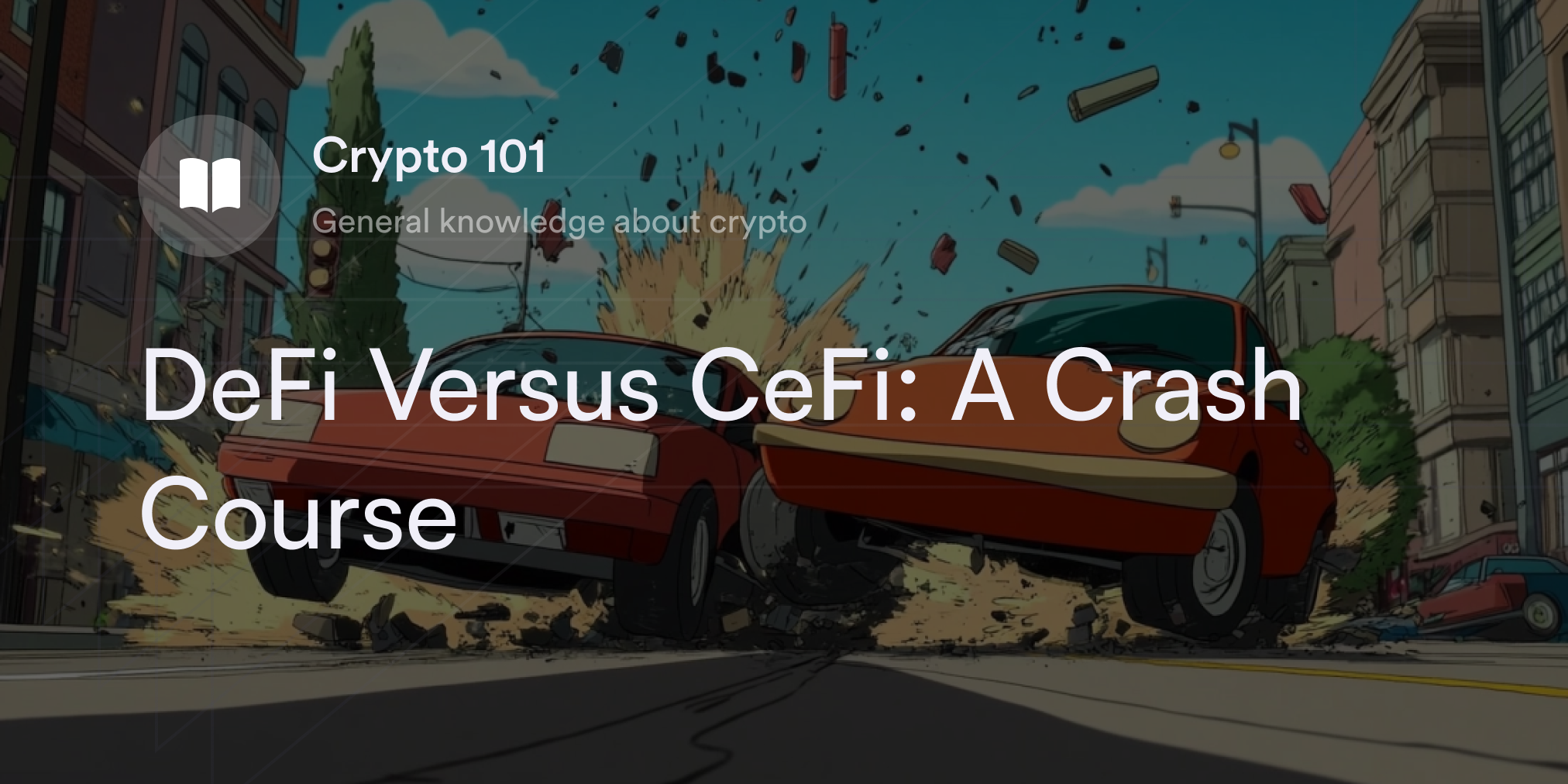
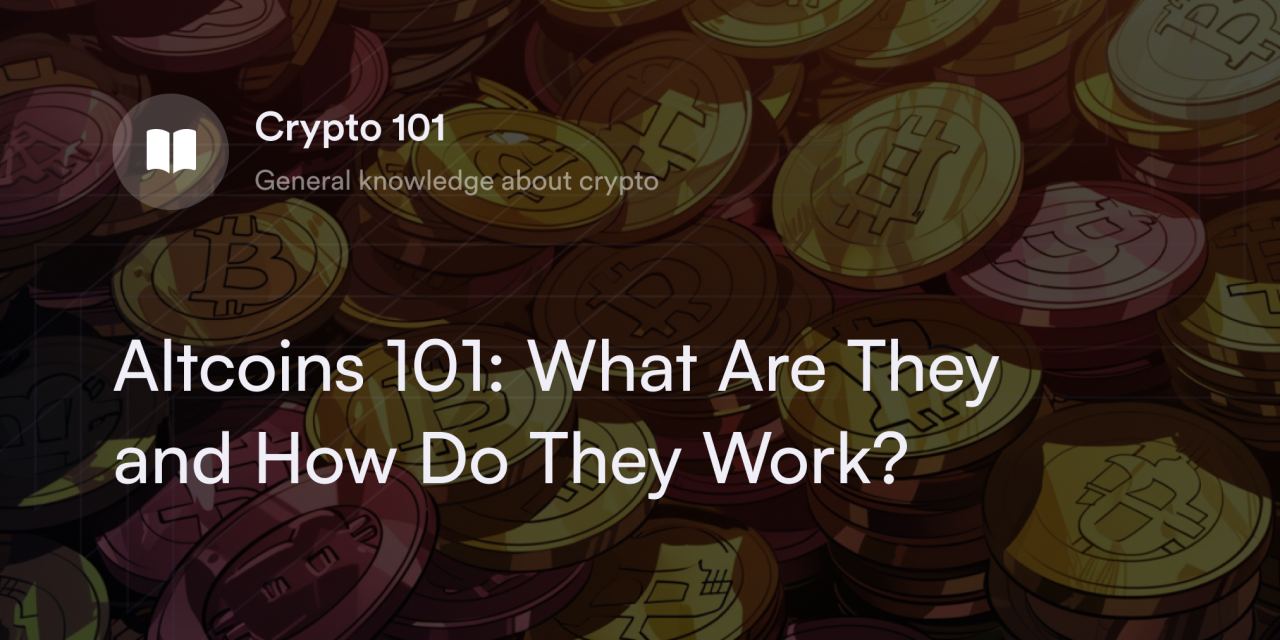

Since its launch in 2009, Bitcoin (BTC) has maintained its unrivaled position as the world’s leading crypto asset.
However, although Bitcoin’s market capitalization and average trading volume tower over the competition, the coin’s share of the global cryptocurrency market isn’t as substantial as it once was. Between 2017 and 2023, Bitcoin’s hold plummeted from an average of 95% to 45% of the market. As BTC’s market share fell, the number of alternative cryptocurrencies (called “altcoins”) ballooned to over 10,000 digital assets.
Altcoins now play a large role in the cryptocurrency ecosystem and continue to catch traders’ attention. So what are altcoins, and why are more people choosing them over Bitcoin?
What’s the Definition of an “altcoin”?
Short for “alternative coin” or “alternative to Bitcoin,” an altcoin is any cryptocurrency other than BTC.
Because Bitcoin is the world’s first successful decentralized digital currency, it continues to exert a major influence over the entire digital assets market. In fact, for a period, every cryptocurrency following Bitcoin used BTC’s revolutionary blockchain technology as a starting base for its projects.
A “blockchain” is a decentralized computer network that broadcasts, verifies, and records transactions on a virtual payment ledger. Every altcoin uses blockchain procedures similar to those found on Bitcoin, but they remain distinct cryptocurrencies with unique use cases.
In 2011, a cryptocurrency modeled after BTC called “Namecoin” (NMC) was the first recorded altcoin. Although NMC is still active, the second altcoin “Litecoin” (LTC) is much larger and more actively traded in the cryptocurrency ecosystem. Also inspired by Bitcoin’s design, LTC uses an algorithm called “Scrypt” to offer traders faster transaction speeds and cheaper transfer fees relative to BTC. Due to LTC’s popularity and similarities with BTC, cryptocurrency traders often call it the “silver to Bitcoin’s gold.”
Until Ethereum entered the crypto market in 2015, most altcoins were riffs on Bitcoin’s blockchain design. Ethereum revolutionized the altcoin market thanks to its “smart contract” technology. Smart contracts are blockchain-based programs capable of executing numerous complex tasks according to their instructions. For instance, smart contracts on decentralized finance (DeFi) exchanges recognize each user’s crypto wallet and fulfill trade requests without third-party intermediaries. Ethereum’s smart contracts also make it easier for developers to create new cryptocurrencies on its protocol, contributing to the continued rise of altcoins.
How Do Altcoins Work?
Altcoins use the same blockchain technology Bitcoin introduced, but they aren’t all a carbon copy of BTC’s Proof-of-Work (PoW) consensus model. In the PoW system, computers on the blockchain (called “nodes”) compete to solve challenging algorithmic puzzles every few minutes to post new cryptocurrency transactions and receive rewards. Although some altcoins—such as Litecoin and Dogecoin (DOGE)—use PoW’s “crypto mining” process, there are dozens of other programs altcoins use to reach consensus. For instance, many altcoins use a Proof-of-Stake (PoS) algorithm in which nodes lock (or “stake”) the blockchain’s cryptocurrency in virtual vaults to verify transactions and receive rewards. Examples of PoS altcoins include Ethereum, Polkadot (DOT), and Solana (SOL). As long as an altcoin uses blockchain technology to offer users decentralized peer-to-peer (P2P) transactions, it qualifies as a cryptocurrency.
Altcoins fall into one of two categories: coins or tokens. A coin is any cryptocurrency built into its blockchain’s protocol, while tokens are “add-on projects” on top of a coin’s blockchain. For example, Litecoin is a coin because users only transfer their LTC within Litecoin’s proprietary network. By contrast, a token like Chainlink’s LINK exists on Ethereum rather than within a unique “Chainlink blockchain.” So, although the term “altcoin” has “coin” in the name, tokens also qualify as altcoins because they are alternatives to Bitcoin.
How Many Altcoins Are There?
It’s difficult to say exactly how many altcoins there are at any moment, but most estimates suggest there are over 10,000 in the cryptocurrency ecosystem (at the time of writing). To get a detailed look into the current altcoin market, traders use crypto price aggregators such as CoinMarketCap and CoinGecko to see all of the latest Web3 projects. Both websites provide information on thousands of cryptocurrencies, including their prices, daily trading volume, and market caps.
Another way to examine the size of the altcoin market is to review the latest “Bitcoin dominance” percentage. Bitcoin dominance measures how much money in the cryptocurrency market is in BTC rather than altcoins. To determine the current Bitcoin Dominance score, traders divide Bitcoin’s total amount of money invested in the project by the total cryptocurrency market’s value and multiply by 100. For example, suppose Bitcoin’s total amount of money invested is $550 billion, and the entire crypto market is $1 trillion. In this case, the BTC dominance percentage is 55% (meaning 55% of all the money in the crypto ecosystem is in BTC).
Are Altcoins Risky?
Every altcoin has a unique story, goal, and development team. Generally, altcoins with a long track record of success and transparency are “less risky,” but there are many fraudulent coins and tokens in the cryptocurrency market.
In fact, a study by analytics firm Satis Group discovered 78% of new crypto projects listed as “initial coin offerings” (ICOs) during the 2017 cryptocurrency bull run were scams. Traders should carefully research each altcoin’s leadership, whitepaper, and reputation to determine whether they are comfortable with the risks that a particular project presents since scam projects will leave traders with worthless holdings.
Aside from scams, altcoins often have greater price volatility compared to Bitcoin. For instance, researchers at Carnegie Mellon University found Bitcoin’s daily “standard deviation” score of 3.98 was significantly lower than Ethereum (6.8) and Dogecoin (7.4) during the 2021 crypto bull run. The standard deviation score measures the average range for an asset’s price movements relative to its median trendline. Since altcoins (excluding stablecoins) tend to have higher standard deviation scores, they’re more likely to fluctuate in price than Bitcoin and more drastically so. If a trader doesn't have a high tolerance for risk, the price volatility of most altcoins likely won’t fit their profile. For instance, the markets for altcoins may be illiquid, which means that a trader may not be able to liquidate their altcoin holdings or convert them into other assets promptly or at desired prices. Altcoins may also be subject to aberrational and unpredictable trading patterns and may lack correlations to more established crypto assets. Regulatory changes and enforcement actions may also impact the value of altcoins. Altcoins may be subject to other risks as well. Traders should keep these risks in mind when deciding whether to buy altcoins.
Major Types of Altcoins
From video game collectibles to online voting rights, altcoins continue to introduce innovative use cases to the digital economy. There’s seemingly no end to the potential uses of altcoins, but a few categories have become significant in recent years:
Stablecoins: A stablecoin is a cryptocurrency tied to a reserve asset like a fiat currency or precious metal. For example, Tether’s USDT and Circle’s USDC are “USD-pegged stablecoins,” meaning they trade for the same price as the U.S. Dollar. Most stablecoin issuers use a “reserve-backed” system in which they hold an amount of cash or cash equivalents (such as bonds) to guarantee the value of their cryptocurrency. Because there is no government oversight of stablecoins, and, in many instances, no third party verification process, there is no assurance that the assets purportedly backing stablecoins are actually held by or on behalf of the sponsor or regarding the manner in which they are held. Still, given their lower volatility, stablecoins have become a popular way for traders to enter and exit their positions.
Non-fungible tokens (NFTs): An NFT is a token with a verifiable blockchain address tied to an underlying digital file (e.g., a picture, video game item, or video clip). Although NFTs were around as early as 2014, they went mainstream in 2021 when celebrities brought attention to profile pic (PFP) NFTs such as CryptoPunks and the Bored Ape Yacht Club (BAYC).
Payment coins: Similar to Bitcoin, payment coins are cryptocurrencies focused on providing real-world P2P payment options. Projects including Litecoin, Bitcoin Cash (BCH), and Dash (DASH) function similarly to BTC, but tend to offer lower transaction costs and faster speeds.
Security tokens: Security tokens represent partial ownership in a third-party enterprise , an exchange-traded fund (ETF), or a real estate investment trust (REIT). Unlike other altcoins, security token issuers must register with centralized authorities, including the U.S. Securities and Exchange Commission (SEC), and only list on approved cryptocurrency exchanges.
Privacy coins: Privacy coins are similar to payment coins, but they don’t publish their complete transaction history on a blockchain’s payment ledger. Instead, these controversial coins use advanced algorithms and cryptographic technologies to conceal transfer data from the public. Examples of privacy coins include Monero (XMR) and ZCash (ZEC).
Exchange coins: Centralized and decentralized cryptocurrency exchanges often issue “exchange coins” to traders used to unlock special benefits on the associated trading platform.
Meme coins: Meme coins are cryptocurrencies centered around a viral Internet meme. The 2013 image of the “Doge” Shiba Inu dog, for example, inspired Dogecoin (DOGE) and Shiba Inu (SHIB), two of the most successful cryptocurrencies in this fun category.
Governance tokens: A governance token gives holders voting privileges in a crypto project’s official portal. Anyone with governance tokens in their altcoin wallet can lock them in a smart contract to express their opinion on proposed changes to a decentralized application (dApp). Examples of governance tokens include Uniswap’s UNI, Lido Finance’s LDO, and Aave’s AAVE.
What Are the Most Popular Altcoins?
The altcoin leaderboard is constantly shifting, but traders can monitor the relative strength of different cryptocurrencies on price aggregator sites. Under Bitcoin, CoinMarketCap lists the top-performing altcoins in terms of their total percentage of the crypto market.
There are dozens of famous and fascinating altcoins, but a few projects have become undeniable market leaders:
Ethereum (ETH): First introduced by programmer Vitalik Buterin, Ethereum is a PoS blockchain that gives third-party developers a platform to create dApps. With the help of smart contract technology, dApps on Ethereum don’t need companies or intermediaries such as corporate-controlled Web-based applications to oversee transactions. Not long after its launch in 2015, Ethereum established itself as the world’s second-largest cryptocurrency, and it has yet to fall below this ranking (at the time of writing).
Tether (USDT): Released in 2014, USDT is the oldest and largest reserve-backed USD stablecoin. Due to USDT’s longevity in the crypto market, it often ranks as the most actively traded stablecoin on multiple blockchains, including Ethereum, Tron, and Avalanche. The Hong Kong company iFinex owns USDT’s issuer Tether Limited and the CEX Bitfinex.
USD Coin (USDC): USDC is another reserve-backed USD stablecoin available on blockchains like Ethereum, Solana, and Avalanche. Circle issues USDC and regularly publishes proof of reserves and works with third-party auditing firms like Deloitte to maintain transparency.
Trade Altcoin Perpetuals on dYdX
Anyone who is an eligible trader interested in trading altcoins can find plenty of crypto perpetual contracts to buy and sell on dYdX’s low-fee decentralized exchange. From ETH and ATOM to AVAX and DOGE, dYdX traders enjoy access to prominent altcoin projects, plus advanced crypto trading controls. Find out why traders are using altcoin perpetual contracts on dYdX’s blog and Academy.
Disclaimer
The content of this article (the “Article”) is provided for general informational purposes only. Reference to any specific strategy, technique, product, service, or entity does not constitute an endorsement or recommendation by dYdX Trading Inc., or any affiliate, agent, or representative thereof (“dYdX”). Use of strategies, techniques, products or services referenced in this Article may involve material risks, including the risk of financial losses arising from the volatility, operational loss, or nonconsensual liquidation of digital assets. The content of this Article does not constitute, and should not be considered, construed, or relied upon as, financial advice, legal advice, tax advice, investment advice, or advice of any other nature; and the content of this Article is not an offer, solicitation or call to action to make any investment, or purchase any crypto asset, of any kind. dYdX makes no representation, assurance or guarantee as to the accuracy, completeness, timeliness, suitability, or validity of any information in this Article or any third-party website that may be linked to it. You are solely responsible for conducting independent research, performing due diligence, and/or seeking advice from a professional advisor prior to taking any financial, tax, legal, or investment action.
You may only use the dYdX Services in compliance with the dYdX Terms of Use available here, including the geographic restrictions therein.
Any applicable sponsorship in connection with this Article will be disclosed, and any reference to a sponsor in this Article is for disclosure purposes, or informational in nature, and in any event is not a call to action to make an investment, acquire a service or product, or purchase crypto assets. This Article does not offer the purchase or sale of any financial instruments or related services.
By accessing this Article and taking any action in connection with the information contained in this Article, you agree that dYdX is not responsible, directly or indirectly, for any errors, omissions, or delays related to this Article, or any damage, injury, or loss incurred in connection with use of or reliance on the content of this Article, including any specific strategy, technique, product, service, or entity that may be referenced in the Article.

